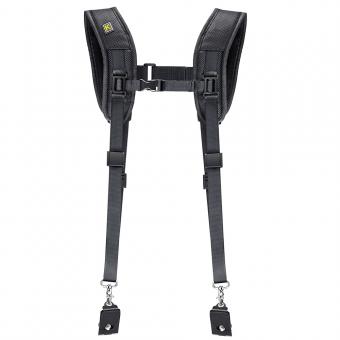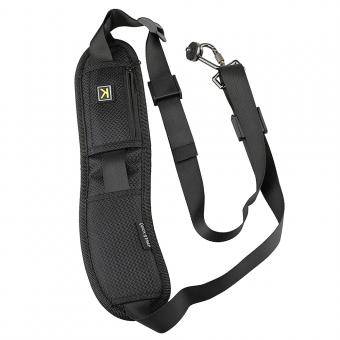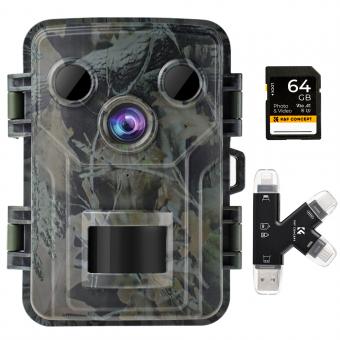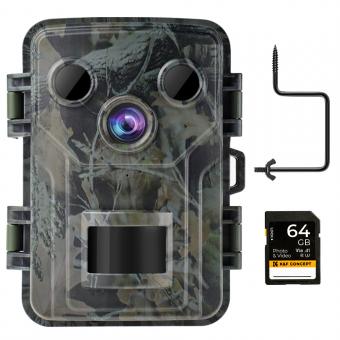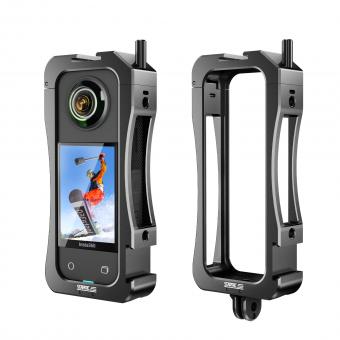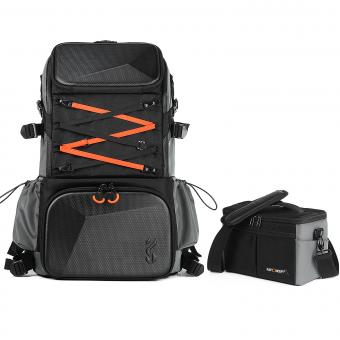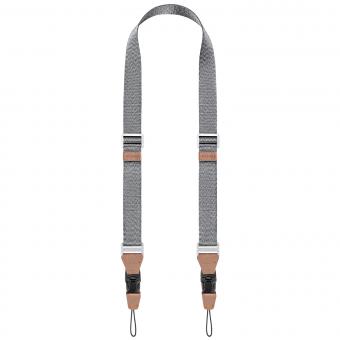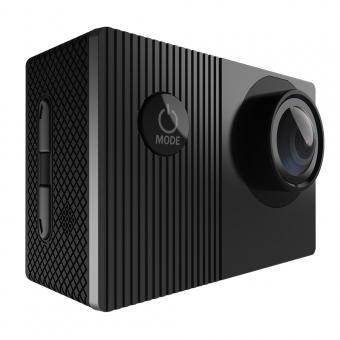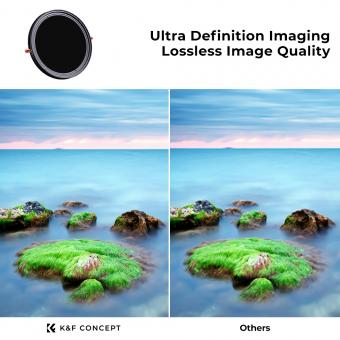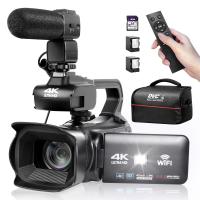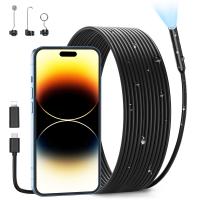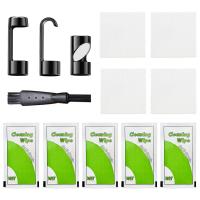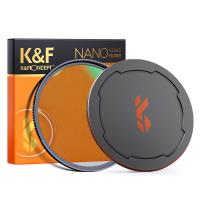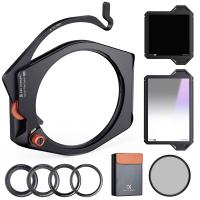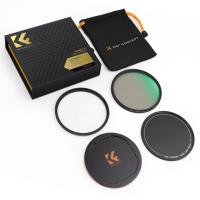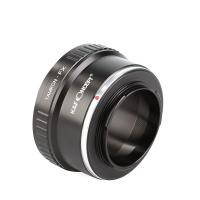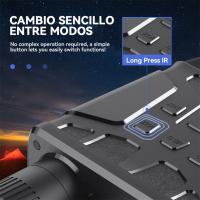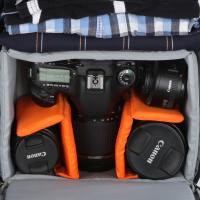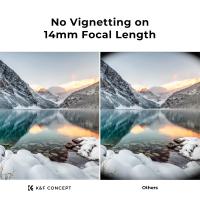How To Install A Camera Strap ?
To install a camera strap, first locate the strap lugs on either side of the camera body. Then, thread one end of the strap through one lug, ensuring that the strap is not twisted. Next, thread the other end of the strap through the other lug. Finally, adjust the length of the strap to your preference and ensure that it is securely attached before using the camera.
1、 Camera Strap Types
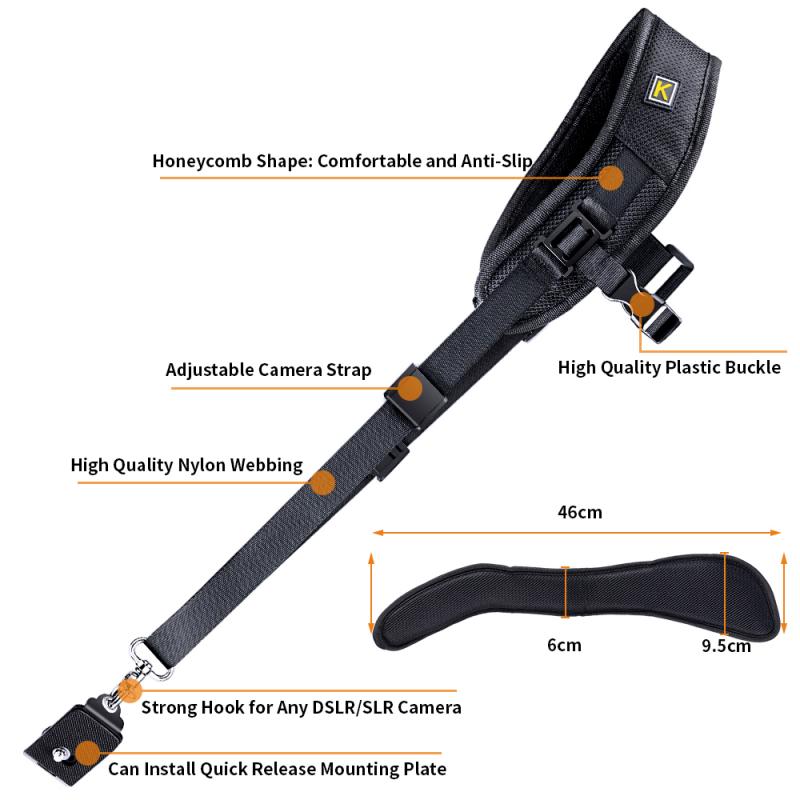
Installing a camera strap is a simple process that can be done in a few easy steps. First, locate the strap lugs on your camera. These are typically located on either side of the camera body. Next, attach the split rings or connectors of the camera strap to the strap lugs. Make sure to securely fasten the split rings to prevent the strap from coming loose. Once the split rings are attached, adjust the length of the strap to your desired preference. Some camera straps come with adjustable sliders or buckles that allow you to customize the length for a comfortable fit. Finally, double-check that the strap is securely attached before using your camera.
Camera Strap Types
There are several types of camera straps available, each designed to cater to different preferences and shooting styles. The traditional neck strap is a popular choice for many photographers, offering a simple and comfortable way to carry a camera around the neck. Another option is the sling strap, which allows for quick and easy access to the camera while distributing the weight more evenly across the body. Wrist straps are ideal for compact cameras or for photographers who prefer to have their camera readily accessible at all times. Additionally, there are harness-style straps that provide extra support and stability, making them suitable for heavy camera setups or long shooting sessions.
From a modern perspective, there has been a growing trend towards more ergonomic and stylish camera strap designs. Many photographers are now opting for straps made from comfortable and durable materials, such as neoprene or leather, and with added features like quick-release mechanisms or anti-slip padding. Furthermore, customizable and personalized camera straps have become increasingly popular, allowing photographers to express their individuality and personal style through their choice of camera strap. As the photography industry continues to evolve, we can expect to see even more innovative and functional camera strap designs in the future.
2、 Attaching to Camera Body

To install a camera strap, start by locating the strap lugs on your camera body. These are usually located on either side of the camera. Next, take the end of the camera strap with the split rings and attach them to the strap lugs. Make sure the split rings are securely attached to the lugs to prevent the camera from falling.
If your camera strap has an adjustable length, you can adjust it to your preferred length before attaching it to the camera body. Once the strap is attached, ensure that it is securely fastened and that there are no twists or tangles in the strap.
It's important to note that different camera models may have slightly different methods for attaching the strap, so it's always a good idea to consult the camera's manual for specific instructions.
From a modern perspective, there are now various types of camera straps available, including sling-style straps and quick-release systems, which offer more convenience and flexibility for photographers. Additionally, some straps are designed with ergonomic features to provide better weight distribution and comfort during long shooting sessions.
Overall, installing a camera strap is a simple process that can help protect your camera and provide added convenience during photography sessions.
3、 Adjusting Length and Position
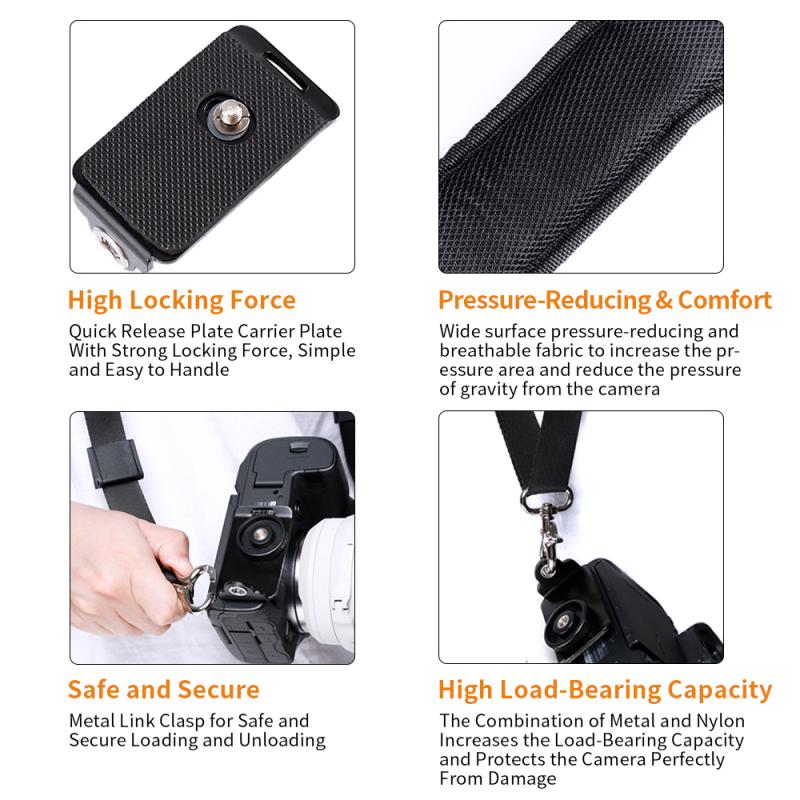
"Adjusting Length and Position" of a camera strap is an essential step in ensuring comfort and functionality while using your camera. To install a camera strap, follow these steps:
1. Attach the strap to the camera: Most cameras come with small metal loops or eyelets on either side. Thread the end of the strap through these loops and secure it with the provided fasteners.
2. Adjust the length: Once the strap is attached, adjust the length to your preference. This will depend on your height and how you prefer to carry your camera. Some people like the camera to hang at their waist, while others prefer it higher on their chest.
3. Position the padding: If your camera strap has padding, make sure it is positioned comfortably on your shoulder. This will help distribute the weight of the camera and reduce strain on your neck and shoulders.
4. Test the fit: Once you have adjusted the length and position, test the fit by wearing the camera around your neck or shoulder. Make sure it feels secure and comfortable before heading out to shoot.
From a modern perspective, there are now various types of camera straps available, including sling-style, cross-body, and wrist straps, each offering different benefits in terms of comfort and accessibility. Additionally, some straps come with quick-release mechanisms for easy detachment, making them more convenient for photographers on the go. It's also important to consider the material of the strap, with options ranging from traditional leather to modern, breathable fabrics for added comfort during long shooting sessions.
4、 Securing Camera for Safety
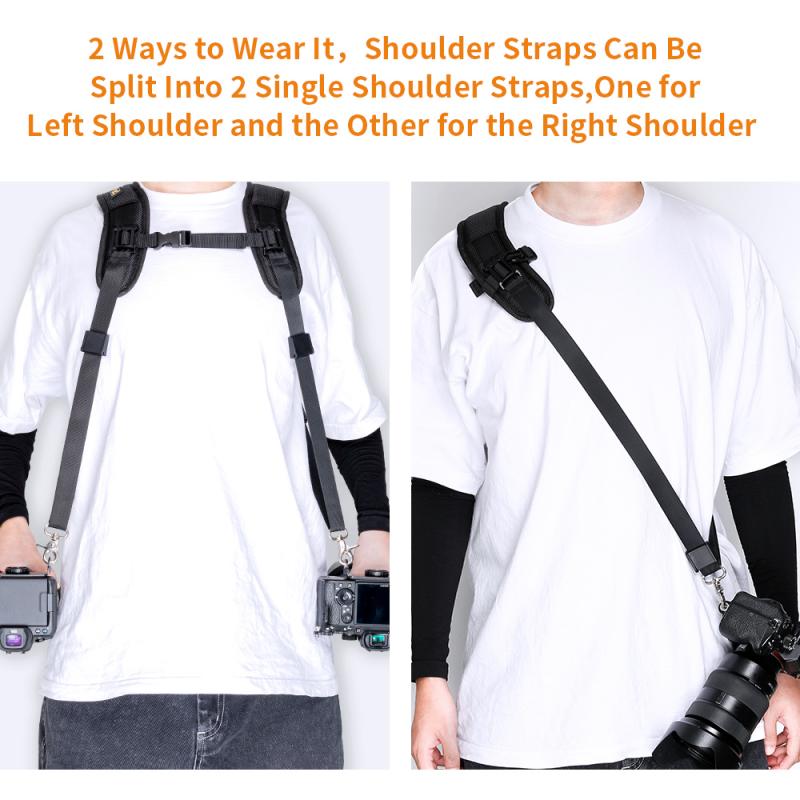
In order to secure your camera for safety, it is important to properly install a camera strap. This will help prevent accidental drops and damage to your valuable equipment. Here's how to install a camera strap:
1. Identify the attachment points: Most cameras have built-in attachment points for a camera strap. These are usually located on the sides or the top of the camera body. Some cameras may also have attachment points on the bottom for a hand strap.
2. Thread the strap through the attachment points: Once you have located the attachment points, thread the ends of the camera strap through them. Make sure the strap is securely attached and there is no risk of it coming loose.
3. Adjust the length: Most camera straps are adjustable, allowing you to customize the length to your preference. Ensure that the strap is comfortable and allows you to easily access your camera while also providing a secure hold.
4. Test the strap: Once the camera strap is installed, give it a gentle tug to ensure that it is securely attached. You can also test the weight of the camera to ensure that the strap can support it without any issues.
5. Regularly check the strap: Over time, the attachment points and the strap itself may wear out. It's important to regularly check the condition of the strap and the attachment points to ensure that they are still secure and in good condition.
From a modern perspective, there are now various types of camera straps available, including sling straps, wrist straps, and harness systems, each offering different levels of comfort and security. Additionally, some straps come with quick-release mechanisms for easy detachment, making them more convenient for photographers on the go. It's important to choose a camera strap that best suits your needs and provides the highest level of safety for your camera.

